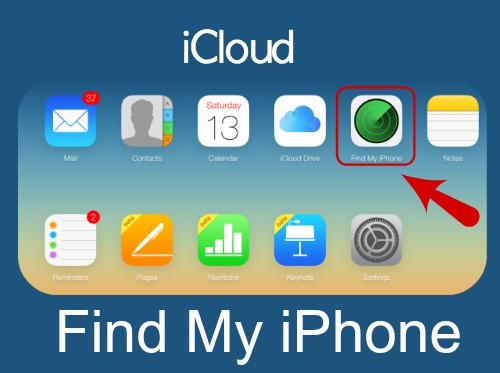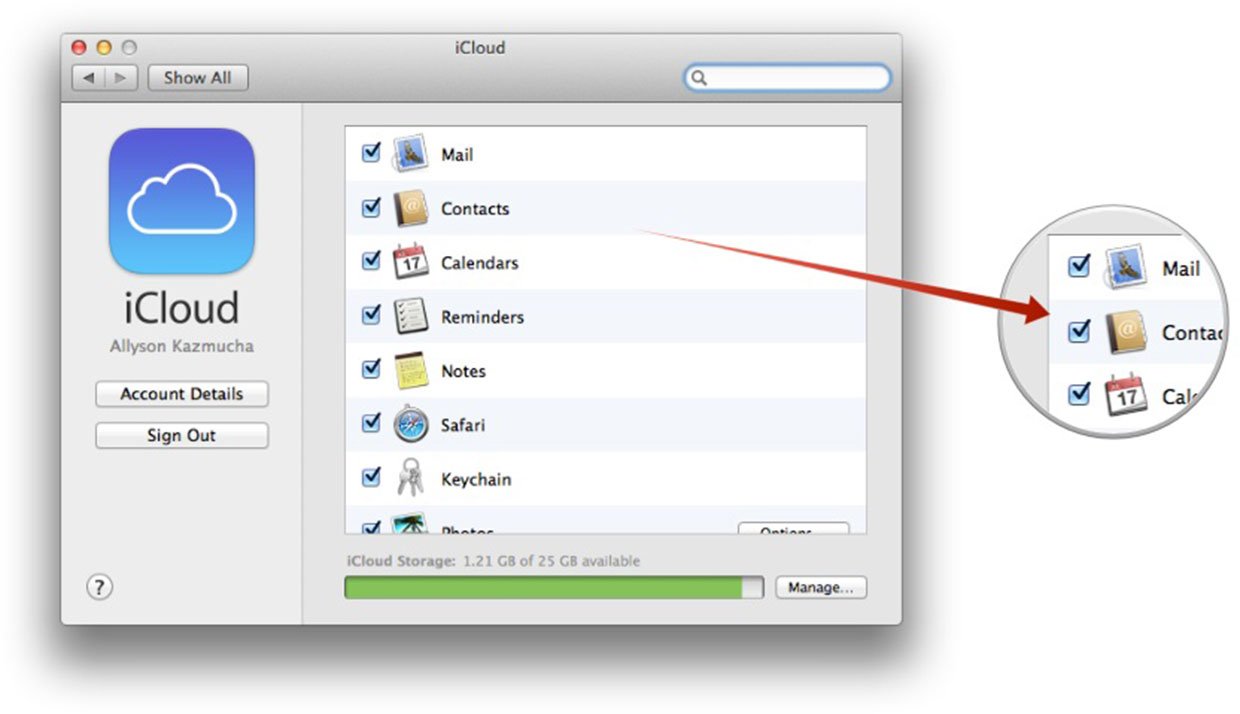The new Find My app combines Find My iPhone and Find My Friends into a single, easy-to-use app on iOS, iPadOS, and now macOS. Find My can help you locate your devices and your friends and family. And now it can help you find your devices even when they’re offline.
Dec 12, 2019 If you set up Find My Mac before your Mac was lost or stolen, you can use it to locate your Mac on a map, or play a sound to help you find it. You can also use it to remotely lock or erase your Mac. To use Find My, sign in to iCloud.com on another computer or open the Find My app for iPhone, iPad, or iPod touch. Locate your Mac on a map.
Locate your devices easily.
You take your devices everywhere. Which means you might leave them anywhere. Whether they’re in a conference room or under a sofa pillow, chances are they won’t be lost for long. The Find My app helps you locate not only your iPhone, but also your iPad, iPod touch, Mac, Apple Watch, or AirPods.
See all your devices on a map.
Is your iPad at home or back at the office? Use the map to get a full picture of where your devices are — and where a missing one might be. Some devices can also mark their location when the battery is critically low, to help you find them even if they run out of power.
Play a sound to
find your device.
When you can’t find something but think it’s nearby or around others who might hear it, you can play a sound to pinpoint its location. Your AirPods have a specifically designed sound that can project across a room — and even farther.

Put it in Lost Mode.
If your device goes missing, put it in Lost Mode to lock it immediately and start tracking its location. You can also display a message with a contact number on your device’s Lock screen, so whoever finds it can call you without accessing the rest of its information.
Erase it with ease.
Worried that your device has fallen into the wrong hands? You may want to erase it remotely to delete your personal data and restore your iPhone, iPad, iPod touch, Mac, or Apple Watch to its factory settings. If you retrieve it, you can restore it from your iCloud backup.
Locked down. Automatically.
Find My Mac Icloud Hack Free
Activation Lock is designed to prevent anyone else from using or selling your device.* When you enable Find My on your device, Activation Lock is turned on automatically. Your Apple ID and password will then be required before anyone can erase your device or reactivate it.
Find your devices.
Even when they’re offline.
Find My can help you locate a missing device — even if it’s offline and sleeping — by sending out Bluetooth signals that can be detected by Apple devices in use nearby. These devices then relay the detected location of your device to iCloud so you can locate it in the Find My app. It’s all anonymous and encrypted end-to-end so no one, including Apple, knows the identity of any reporting device.
Recovery features by device.
iPhone, iPad,
iPod touch, Apple Watch
- View Location
- Play a Sound
- Lost Mode
- Remote Erase
- Activation Lock

Mac
- View Location
- Play a Sound
- Activation Lock
- Remote Erase
Keep up with the
people in your life.
Invite friends and family members to share their locations. So you can keep in touch with one another, coordinate around an event, or know when a family member has arrived home safely.
Put your friends and family on the map.
When you share your location with friends, you’re all in the loop. Find each other more quickly and stay connected with ease. Share your location for an hour, a day, or indefinitely as you see fit.
Get notifications
based on location.
You can set up notifications for when friends and family leave or arrive at a place — making meetups a cinch. And so no one’s privacy is compromised, they’ll be notified when you set one up. You can also use parental controls to set up alerts and notifications, so you know when your child has arrived at a friend’s house or departed from school.
Your location data
stays private.
Just like every Apple product, Find My is designed to keep you in control of your data. Apple receives location information only when you actively locate your device, mark it as lost, or enable Send Last Location. Location data is retained for a maximum of 24 hours and is fully encrypted on Apple’s servers. And when Find My is used to locate an offline device, everyone’s information is protected with advanced end-to-end encryption so that no one, including Apple, knows the location or identity of any of the participating users or devices.
Find My Mac Computer
Resources
How to
share locations with friends and family
Signs your Apple ID has been compromised
Find My Phone
Your Apple ID might be compromised if you receive an account notification from Apple for a change you didn't make, or if you notice account details or changes you don’t recognize. For example:
- You receive an email or notification that your Apple ID was used to sign in to a device you don't recognize or did not sign in to recently (for example, 'Your Apple ID was used to sign in to iCloud on a Windows PC').
- You receive a confirmation email from Apple that your Apple ID password was changed or your account information was updated, but you don’t remember making any changes.
- Your device was locked or placed in Lost Mode by someone other than you.
- You see messages you didn't send, or items you didn’t delete.
- You see charges or notices for purchases that you didn't make. Learn what to do if you see an unfamiliar iTunes Store or App Store charge on your credit or debit card statement.
- Your password no longer works, or it might have been changed or locked.
- You don't recognize some or all of your account details.
If you received an email, text message, or phone call that you're not sure is valid or you think might be phishing, here are some tips to help determine its legitimacy.
Gain control of your Apple ID
If you think your Apple ID is compromised, use these steps to gain control of it and review your account information:
- Sign in to your Apple ID account page. If you can't sign in or you receive a message that the account is locked when you try to sign in, try to reset or unlock your account.
- Change your Apple ID password and choose a strong password.
- Review all the personal and security information in your account. Update any information that isn't correct or that you don’t recognize, including:
- Your name.
- Your primary Apple ID email address.* If you need to change your email address, update the features and services that you use with Apple ID, so that each one is using your updated Apple ID.
- All alternate email addresses, rescue email addresses, and phone numbers.
- The devices that are associated with your Apple ID, if you've already set up two-factor authentication.
- Security questions and answers. If you think they might be easy to guess, you should change your security questions.
- Check with your email address* provider to make sure that you control every email address associated with your Apple ID. If you don't control the email addresses associated with the Apple ID, you should change the password for the email address or use a different email address.
- Set up two-factor authentication for your Apple ID. This additional security feature is designed to prevent anyone from accessing your account, even if they know your password.
* In China mainland and India, you can use your phone number as your Apple ID.
If you completed the steps above and think your account might still be compromised, contact Apple Support.
Know which Apple ID is signed in to your device
If you're signed in on your device with an Apple ID that you don't recognize, use these steps to sign out, then back in with a different Apple ID. To make sure that you're signed in to Apple IDs that only you control or trust, you can check the following settings on each of your devices:
iPhone, iPad, or iPod touch:
- Settings > [your name]
- Settings > [your name] > iTunes & App Store
- Settings > Messages > Send & Receive
- Settings > FaceTime
Mac:
Find My Mac Icloud Hack Password
- System Preferences > Apple ID
- System Preferences > Internet Accounts
- Messages > Preferences > Accounts
- Facetime > Preferences > Settings
- Mail > Preferences > Accounts
- Calendar > Preferences > Accounts
You should also check iCloud for Windows, your AirPort Time Capsule or other AirPort Base Station, and your Apple TV (for iCloud Photos or Home Sharing).
Can't Find My Icloud Account
Make sure your Apple ID is secure
Find My Iphone
Because you use your Apple ID for so many Apple products and services, you should make sure that your Apple ID is as secure as possible. You should be the only person who knows your password and can sign in with your Apple ID. If someone you don’t know or don’t trust can sign in with your Apple ID, your account is not secure.
Your Apple ID might not be secure for the following reasons:
- Someone else created an Apple ID on your behalf, or you’re using an Apple ID that was already signed in when you received your device.
- You’re sharing an Apple ID with family or friends. Your Apple ID is your personal account. If you want to share purchases with a family member, use Family Sharing. With Family Sharing, you can share a calendar, photos, reminders, and more without sharing your Apple ID.
- You don’t recognize the Apple ID that is signed in on your device.
- You shared your password with someone else intentionally or unintentionally. For example, someone else selected your password for you, you told someone your password, or you entered your password on a phishing site.
- You don't have control of the email address or phone number associated with your Apple ID.
- Your password is weak or is compromised.
- You share your devices with someone else, your devices are not protected by a passcode, or your passcode is easy to guess.
Mac Icloud App
If any of the above are true, you should reset your password as soon as possible and review your account information.